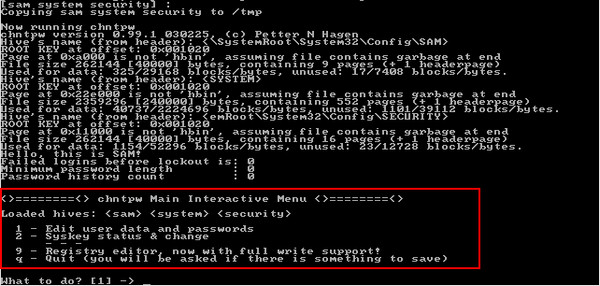

The 8 mm M/88 cartridge which was introduced in 1888 and loaded with an 8.08 mm (.318 in) 14.6 g (226 gr) round nose bullet was replaced on 3 April 1903 by the 7.92×57mm Mauser S Patrone (S ball cartridge) which was loaded with a new 8.20 mm (.323 in) 9.9 g (154 gr) spitzer bullet. At the outbreak of WWI in 1914, the German Army had 2,273,080 Mauser 98-rifles of all types additional 7,000,000 were produced during the war. In 1904, contracts were placed with Waffenfabrik Mauser for 290,000 rifles and Deutsche Waffen und Munitionsfabriken (DWM) for 210,000 rifles. The first combat use of the Gewehr 98 was during the Boxer Rebellion (1898–1901). In 1901, the first troop issues of the Gewehr 98 Rifles were made to the East Asian Expeditionary Force, the Navy, and three premier Prussian army corps. The action was derived from the experimental Gewehr 96 Rifle. The German Gewehr-Prüfungskommission ( G.P.K.) (Rifle Testing Commission) adopted the Gewehr 98 on 5 April 1898. In the interim decade, Mauser rifles became recognized as the world standard, and the German Army became outclassed by a German-made product in the hands of others. The 1888 replacement for the Mauser was an internal design from the Army, but failed through an impractical design. Mauser was already selling similar 1895-design weapons to many other countries, and had supplied less advanced Mauser rifles to the German Army from 1871 to 1888. The bolt-action design was the latest refinement of the 1895 design patented by Paul Mauser on 9 September 1895. The Gewehr 98, was introduced into German military service in 1898, replacing the Gewehr 1888.

It was the German service rifle from 1898 to 1935, when it was replaced by the Karabiner 98k, a shorter weapon using the same basic design. The Gewehr 98 (abbreviated G98, Gew 98, or M98) is a German bolt-action rifle made by Mauser firing cartridges from a 5-round internal clip-loaded magazine. Imperial Arsenals of Amberg, Danzig, Erfurt, Leipzig, and SpandauĤ.09 kg (9.0 lb) with empty magazine Gewehr 98Ĩ78 m/s (2,881 ft/s) with 1903 pattern 9.9 g (154 gr) ball ammunitionĥ round stripper clips in an internal box magazine.From the collections of the Swedish Army Museum


 0 kommentar(er)
0 kommentar(er)
